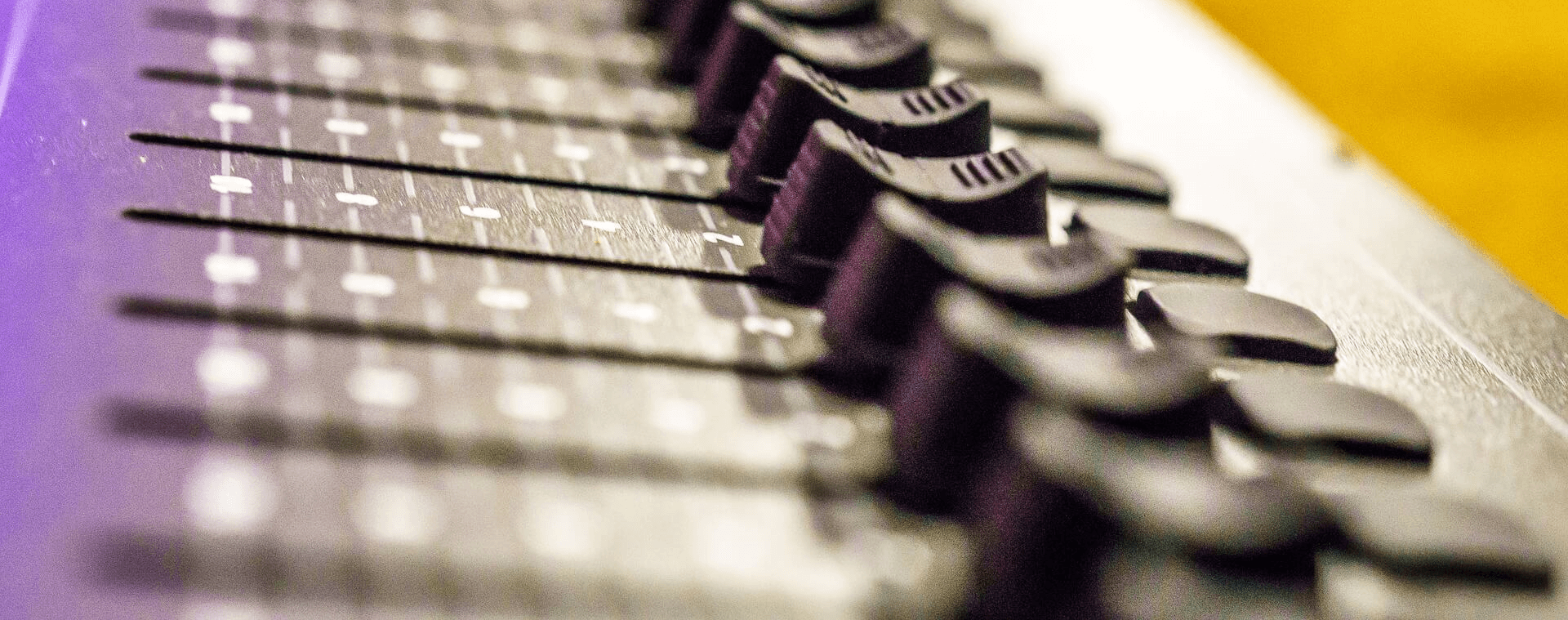The lighting control in theatres was generally done with the help of 0-10 DC volts dimmers connected to one or more projectors relied in parallel. This had the consequence of being a real headache when the park of lights was diversified. To cope with technical constraints arising from the sometimes chaotic management of the park, USITT (United States Institute for Theatre Technology), an American association, has defined the DMX512 (Digital Multiplex) communication protocol intended primarily for show lighting.
This device control standard has greatly eased the communication between consoles and stage equipment and as a result, facilitate the transmission of data used for lighting and scenic effects.
How the DMX512 protocol works
DMX512 controller continuously transmits the 512 channel values to all connected devices on the line. Data transmission is serialized and transmitted using differential signaling on RS-485 (EIA-485) [Link] as its physical layer. These channel values correspond to parameters such as intensity, the pan, tilt, or the strobe mode of the lighting according to the available commands. The communication is unidirectional since it is impossible for the transmitter to receive information from the receivers.
In addition, the DMX protocol allows managing via a single control all the scenic equipment for a show all the power block, the change of light color, smoke and other equipment connected in series.
Advantages of DMX512 protocol
One of the main advantages of the DMX512 universal protocol is that it does not depend on the characteristics of the power supply or the dimmers used. Its reliability and compatibility between transmitters and receivers greatly simplify the control of a complex lighting system. In addition, the DMX512 protocol allows you to program complete shows in advance. It is also necessary to underline the rapidity of the change of level of lighting and movement provided by the fast transmission of channel values. The digital transmission offered by the DMX protocol makes it possible to avoid errors due to the transport of data. Unlike the analog domain where the signal is more sensitive to be disturbed by noise or power loss.
The DMX512 protocol continues to evolve into an improved version that provides fully bidirectional communication for simple and convenient commissioning. This version is the Remote Device Management generally called DMX / RDM.


